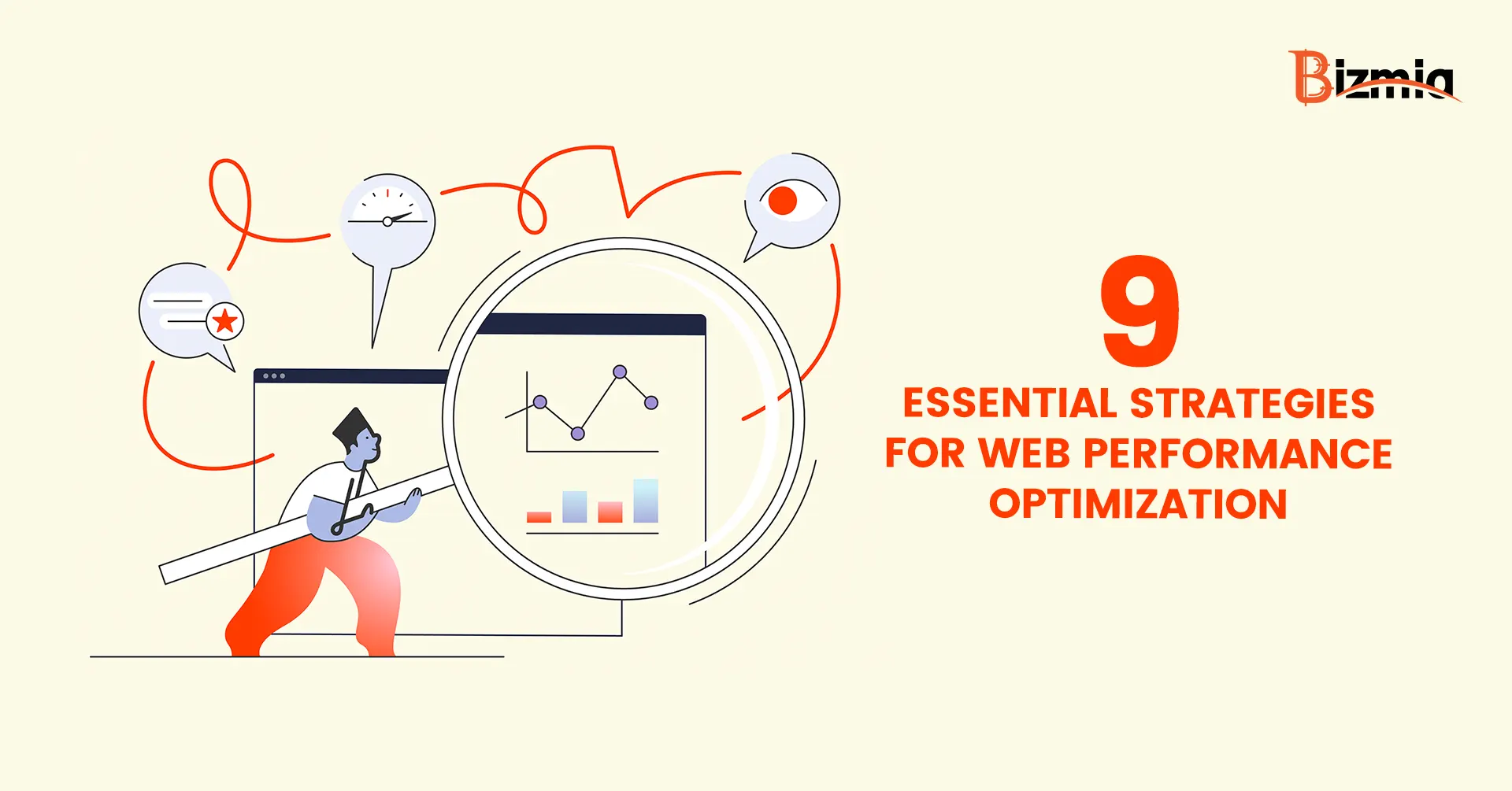Web performance optimization is no longer a luxury; it’s a necessity. As digital landscapes grow increasingly competitive, a well-optimized website helps derive your online presence towards success. However, achieving this perfection isn’t a shot in the dark but a result of deploying essential strategies. This article unravels nine such key strategies, the unsung heroes of web performance optimization. Read on to discover how Shopify plus development can enhance user experience, increase engagement, and keep your site running smoothly, all without the need for complex technical jargon.
Table of Contents
In today’s digital landscape, having a fast and responsive website is more important than ever. Whether you’re involved in Shopify or any other e-commerce platform, web performance optimization is an integral part of the process. It’s all about ensuring your website is as fast, responsive, and efficient as possible. Here, we explore nine essential strategies for maximizing web performance.
Decoding Web Performance Optimization
Web performance optimization refers to implementing various strategies to reduce page load times, increase your website’s efficiency on various devices, and enhance the overall user experience. For those involved in Shopify Plus development, understanding and mastering this aspect is crucial due to the platform’s highly dynamic, data-centric nature.
Why is Web Performance Optimization Crucial?
Web performance optimization is a game-changer. It not only amplifies user experience, boosting the conversion rate but also enhances the visibility of your site on search engines. Specifically, in the context of Shopify Plus development, an optimized site can handle the surge in traffic volume accompanying a growing e-commerce business with great aplomb.
The Top 9 Techniques to Optimize Web Performance
1. Implement Content Delivery Networks (CDNs)
CDNs store your website’s content on servers closest to the user’s location, thereby minimizing latency and enhancing load times.
2. Enhance Image Files
Image files are notorious for consuming substantial data, which can slow down your website. Compressing them without sacrificing quality can speed up your site substantially.
3. Compact and Consolidate Files
Compact files by eliminating unnecessary characters in your code. By consolidating several files into a single one, you reduce the number of HTTP requests, further speeding up your site.
4. Harness Browser Caching
Browser caching enables a user’s browser to store your site’s resources, negating the need for downloading the same data again and again, thus improving page load times.
5. Activate Gzip Compression
Gzip compression can reduce the size of your text-based resources significantly, enabling faster data transfer and page rendering.
6. Limit Redirects
Multiple redirects can increase page load time. Optimal routing and a well-structured sitemap can enhance user navigation experience by minimizing redirects.
7. Fine-tune Third-Party Scripts and Plugins
While third-party scripts and plugins can add functionality to your website, they can also slow it down. Regular checks and removal of redundant plugins can enhance your website’s performance.
8. Keep a Close Eye on Performance
Regular monitoring of your website’s performance can help in promptly identifying and addressing any performance issues.
9. Streamline Code Execution
Optimizing your site’s code can facilitate faster loading by browsers. This also involves prioritizing the loading of elements that are most important to the user.
In Summary
Web performance optimization is fundamental to contemporary web development, particularly within Shopify Plus development. By incorporating the techniques mentioned above, you can significantly enhance your website’s speed and user experience, potentially leading to higher conversion rates, improved search engine rankings, and a thriving e-commerce business.
Remember, web performance optimization isn’t a one-and-done activity. It’s a perpetual process involving regular monitoring and updates. The most important takeaway is that a well-optimized website can significantly contribute to the success and growth of your e-commerce venture, particularly in the realm of Shopify Plus development.
If you need further assistance and require expert help in Shopify Plus development or web performance optimization, reach out to Bizmia to take your e-commerce business to the next level. Get in touch with us today to find out how we can support your ecommerce journey.












